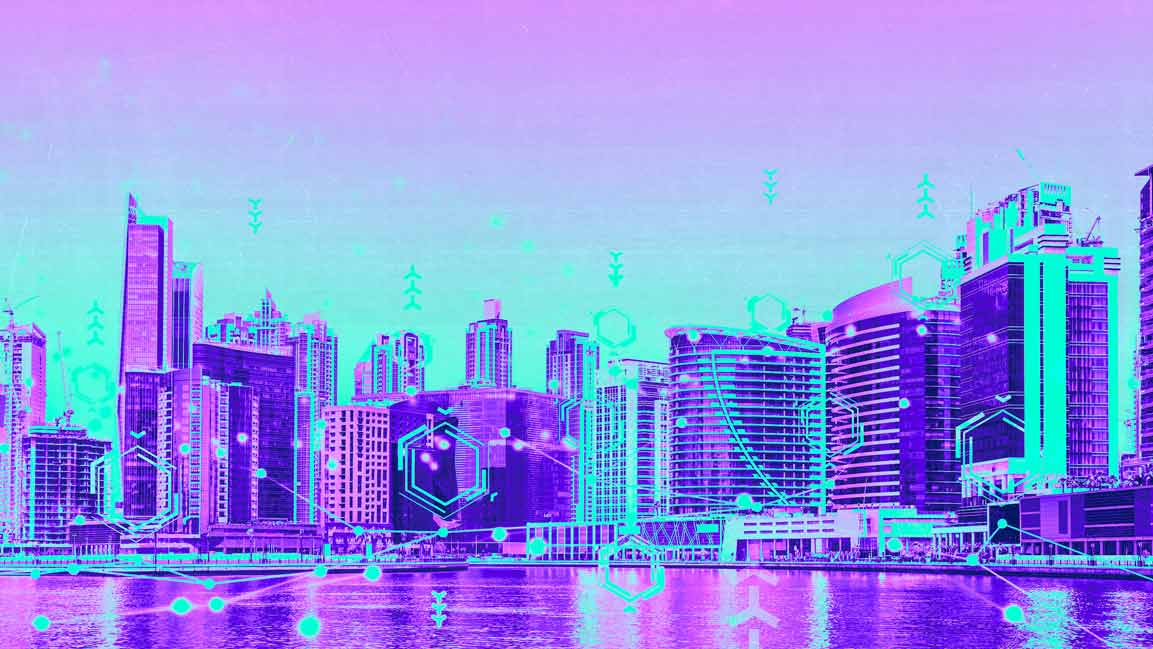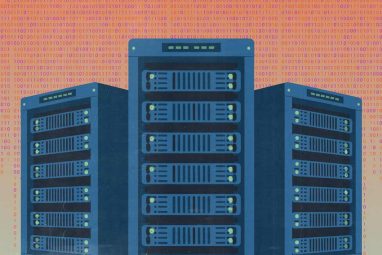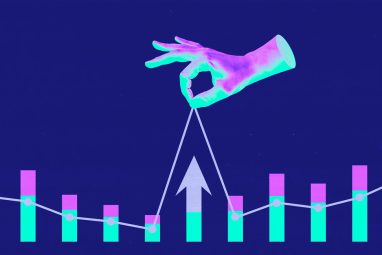UAE Pushes Ahead on 6G and Digital Dirham Adoption
The announcements highlight how the UAE is advancing digital reform on multiple, interconnected fronts.
News
- UAE Pushes Ahead on 6G and Digital Dirham Adoption
- Meta’s Chief AI Mind Yann LeCun to Exit, Build Own AI Lab
- AMD’s Data Center Chip Revenue to Touch $1T by 2030, Overall Revenue to Grow by 35%
- Gamma Raises $68 Million to Scale AI-Powered Visual Storytelling Platform
- Wikipedia Launches Paid Platform, Urges AI Companies to Protect Human Content
- The UAE’s New Frontier: Regulating the Skies for the Next Wave of Urban Transport

The United Arab Emirates advanced two pillars of its digital transformation agenda in a single day on November 11. The Telecommunications and Digital Government Regulatory Authority (TDRA) announced the launch of the country’s 6th Generation (6G) Initiative, while the Ministry of Finance and Dubai’s Department of Finance executed the UAE’s first government financial transaction using the Digital Dirham, in collaboration with the Central Bank of the UAE.
During the inaugural meeting of the newly formed 6G Committee, TDRA brought together representatives from federal and local government entities, telecom providers, universities, R&D centres, and leading global technology companies to begin shaping a national roadmap for 6G deployment. The meeting was opened by Mohammed Al Ramsi, Deputy Director General of the Telecommunications Sector at TDRA, who highlighted the UAE’s early adoption of 5G in 2019—making it the first country in the region to achieve nationwide 5G coverage, which now exceeds 99.5% of populated areas.
“These achievements pave the way for a new phase where we work with our partners to develop a national 6G roadmap that will revolutionise connectivity by integrating digital and cognitive worlds, leveraging artificial intelligence, quantum computing, and satellite networks,” Al Ramsi said.
The 6G Initiative aims to build a comprehensive national ecosystem for future communications through collaborations between academia, government, and the private sector.
It will support research and innovation programmes, drive the adoption of emerging technologies in key sectors, and contribute to developing international 6G standards and regulatory frameworks. Two subcommittees—the R&D Working Group and the Integration and Strategic Partnerships Working Group—have already been formed to accelerate progress.
On the same day, the UAE’s Ministry of Finance announced the completion of the first government financial transaction using the Digital Dirham, achieving a milestone in the nation’s journey toward a fully digital economy. The transaction was carried out as part of the pilot phase of the Central Bank’s Financial Infrastructure Transformation (FIT) Programme, which aims to enhance the country’s payment systems and solidify its position as a global hub for financial innovation.
Sheikh Mansour bin Zayed Al Nahyan, Vice President, Deputy Prime Minister, and Chairman of the Central Bank, said the Digital Dirham is a cornerstone of the UAE’s vision to build an integrated digital economy and strengthen its role as a global financial centre.
Sheikh Maktoum bin Mohammed bin Rashid Al Maktoum, First Deputy Ruler of Dubai and Minister of Finance, added that using the Digital Dirham in public transactions reflects the government’s commitment to enhancing transparency, efficiency, and innovation in financial systems.
The transaction was completed in under two minutes using the mBridge platform, a multi-central bank digital currency (CBDC) network developed to enable direct, secure settlements between government entities. The platform eliminates intermediaries, reduces costs, and improves financial transparency.
Officials from the Ministry of Finance, Central Bank, and Dubai Department of Finance said the initiative demonstrates the high degree of integration across national financial systems and the UAE’s readiness for a new era of digital governance.
Together, these two announcements reinforce the UAE’s leadership in digitising the economy that integrates connectivity, and intelligence at its core.





